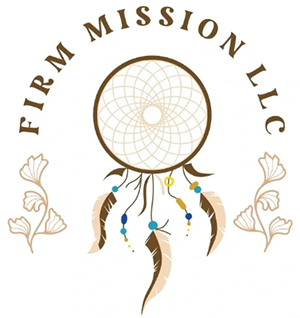Learn the first steps to entering the federal marketplace as a subcontractor — from registering on SAM.gov to building past performance. This post breaks down the essentials of getting noticed and building strong agency and prime relationships.
Becoming a federal subcontractor can be one of the most rewarding ways to grow your business while supporting large-scale government projects. Whether you’re a small service provider or a supplier of critical equipment, subcontracting allows you to work with prime contractors or directly support agencies without having to win the entire contract yourself.
The first step is to register your business on SAM.gov, which is the central database the government uses for vendor eligibility. Make sure your business is active, complete with your DUNS or UEI number, NAICS codes, and certifications if applicable (like Small Business, ISBEE, 8(a), HUBZone, etc.).
Next, create a capability statement — a one-page summary that outlines who you are, what you do, and why you’re qualified to support federal projects. This should be ready to send to primes or agencies upon request.
Once registered, start exploring subcontracting opportunities. Many prime contractors post subcontracting needs on platforms like SBA’s SubNet, and SAM.gov itself sometimes includes subcontractor outreach in solicitations.
Establish relationships with small business liaison officers, procurement officers, and brokers like Firm Mission LLC. These entities often help match subcontractors with current government needs.
The key is to stay ready, responsive, and reliable. A solid track record of communication and performance goes a long way in the federal space.



